
Guide to Spring @Autowired
1. Overview Starting with Spring 2.5, the framework introduced annotations-driven Dependency Injection. The main annotation of this feature is @Autowired. It allows Spring to resolve and inject collaborating beans […]

1. Overview Starting with Spring 2.5, the framework introduced annotations-driven Dependency Injection. The main annotation of this feature is @Autowired. It allows Spring to resolve and inject collaborating beans […]
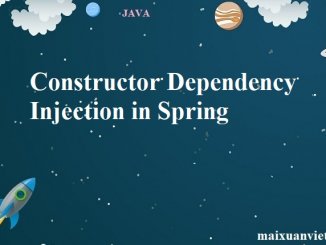
1. Introduction Arguably one of the most important development principles of modern software design is Dependency Injection (DI) which quite naturally flows out of another critically important […]
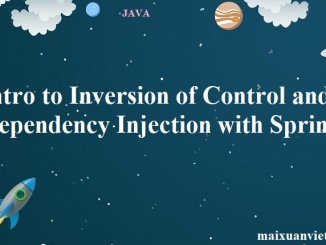
1. Overview In this tutorial, we’ll introduce the concepts of IoC (Inversion of Control) and DI (Dependency Injection), as well as take a look at […]
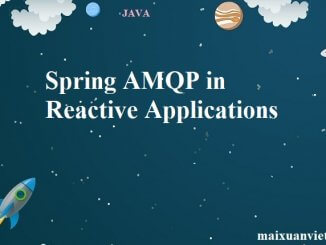
1. Overview This tutorial shows how to create a simple Spring Boot Reactive Application that integrates with the RabbitMQ messaging server, a popular implementation of […]

1. Overview In this tutorial, we’ll see how we can implement Server-Sent-Events-based APIs with Spring. Simply put, Server-Sent-Events, or SSE for short, is an HTTP […]

1. Overview In this tutorial, we demonstrate how to use the Spring WebFlux module using Kotlin programming language. We illustrate how to use the annotation-based […]

1. Overview With the introduction of Spring WebFlux, we got another powerful tool to write reactive, non-blocking applications. While using this technology is now way easier than […]

1. Overview Debugging reactive streams is probably one of the main challenges we’ll have to face once we start using these data structures. And having in mind […]

1. Overview Spring Security added OAuth support for WebFlux starting with the 5.1.x GA. We’ll discuss how to configure our WebFlux application to use OAuth2 Login […]

1. Overview In a previous post, we learned about Cross-Origin Resource Sharing (CORS) specification and how to use it within Spring. In this quick tutorial, we’ll set […]

1. Overview Typically when making HTTP requests in our applications, we execute these calls sequentially. However, there are occasions when we might want to perform […]

1. Introduction In this tutorial, we’ll explore the @Async annotation in Spring MVC, and then we’ll get familiar with Spring WebFlux. Our goal is to have a […]

1. Overview With Spring Boot 2 and the new non-blocking server Netty, we don’t have the Servlet context API anymore, so let’s discuss the way […]
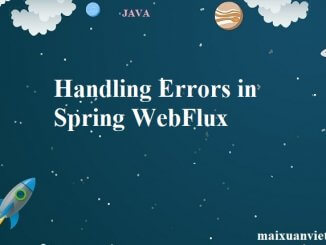
1. Overview In this tutorial, we’ll look at various strategies available for handling errors in a Spring WebFlux project while walking through a practical example. We’ll also […]

1. Overview Sometimes, we have to serve static content in our web applications. It might be an image, HTML, CSS, or a JavaScript file. In this […]

1. Overview Spring WebFlux is part of Spring 5 and provides reactive programming support for web applications. In this tutorial, we’ll be creating a small […]
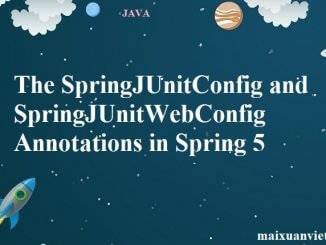
1. Introduction In this quick article, we’ll take a look at the new @SpringJUnitConfig and @SpringJUnitWebConfig annotations available in Spring 5. These annotations are a composition of JUnit 5 […]
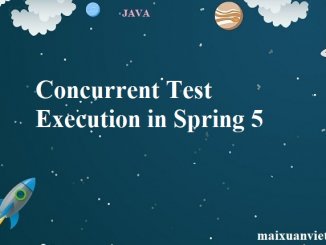
1. Introduction Starting with JUnit 4, tests can be run in parallel to gain speed for larger suites. The problem was concurrent test execution was not […]
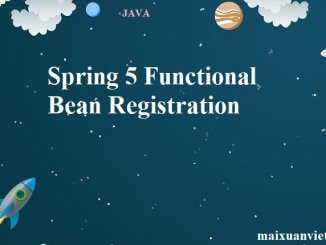
1. Overview Spring 5 comes with support for functional bean registration in the application context. Simply put, this can be done through overloaded versions of a […]

1. Introduction In this quick article, we’ll discover the @EnabledIf and @DisabledIf annotations in Spring 5 using JUnit 5. Simply put, those annotations make it possible to disable/enable particular test […]
